Rhythm of Tea Brewing
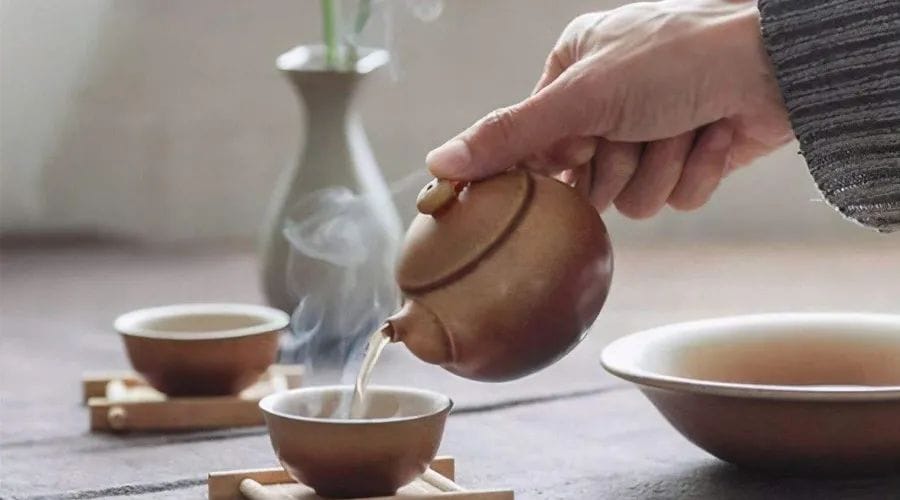
As mentioned before, the temperature has a decisive influence on the release of tea aroma and flavor presenting substances, and the temperature is always changing during the specific brewing process.
Usually, we will divide the presentation of tea soup into three stages: the first stage is to taste the aroma, the middle stage is to feel the sense of flavor soup, and the latter stage is the aftertaste. From the first flush of water, waiting for the soup, out of the soup, lifting the lid, and then filling the water again… The water infusion in the front, middle and back stages is different, together with the treatment of the interval period, it makes the tea soup flexible and rhythmic.
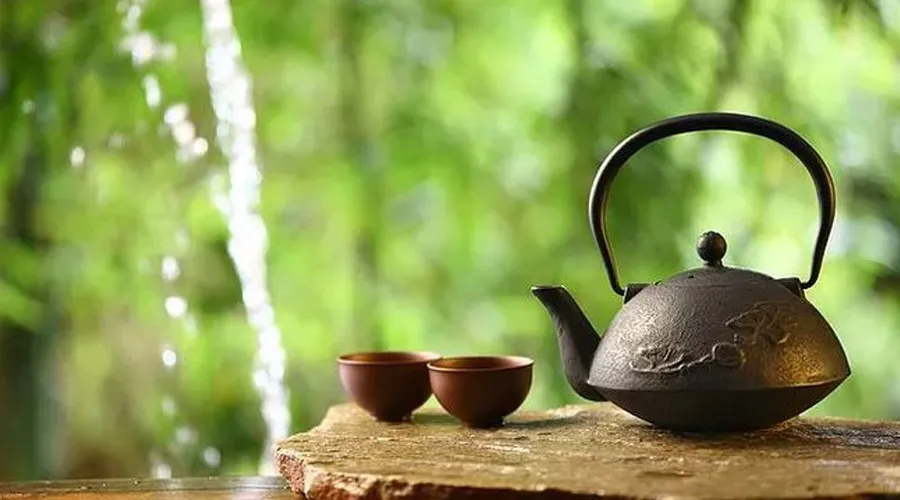
Changes in Water Infusion
There is a saying about changes in the way water is injected: “Fragrance depends on flushing, soup depends on hanging”. What exactly does “punch” and “hang” mean here? And how to correctly carry out the “punch” and “hanging” operation?
“Aroma by rushing” means that, in the first few brews of tea, a strong stream of water is used to rush in from a high place, prompting the tea leaves to fully roll and dissolve within the tea set, ensuring that the tea leaves are in full contact with the water, thus releasing a strong aroma of tea.Rhythm of Tea Brewing
“Soup by hanging” means that after the tea leaves have been fully steeped, a thin stream should be used to accurately suspend the tea leaves from a high place at a certain point, and the boiling water should be injected in a smooth and slow manner, so that the tea leaves can gradually stretch out and slowly release their contents, thus making the tea broth taste dense and rich in layers.Rhythm of Tea Brewing
The key point of “rushing” is “thick and strong”, and the key point of “hanging” is “slow, soft and fine”. The combination of the two will make a good tea with excellent aroma in the first part, perfect combination of aroma and tea flavor in the second part, and smooth change of the overall flavor of the tea soup, and the brewing resistance will be increased as well.Rhythm of Tea Brewing
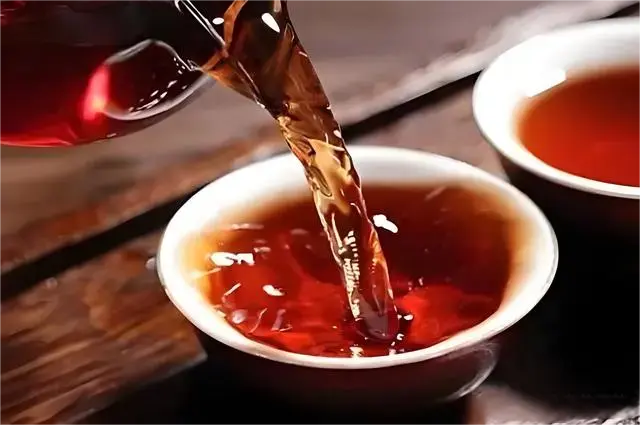
Lifting the Lid
The way and timing of lifting the lid also have a great impact on the flavor of the tea. After the soup is released, decide whether or not to lift the lid according to the type of tea and the stage of brewing. Generally speaking, young tea and new tea need to open the lid fully between two courses of water to prevent the temperature inside the vessel from being too high, which will cook the tea leaves and affect the natural flavor of the tea soup. Mature leaf tea can be brewed out of the soup after the lid can be left slanting, to maintain the temperature, in order to prevent the drop too quickly. Coarse tea, old tea is recommended after the soup full cover.Rhythm of Tea Brewing
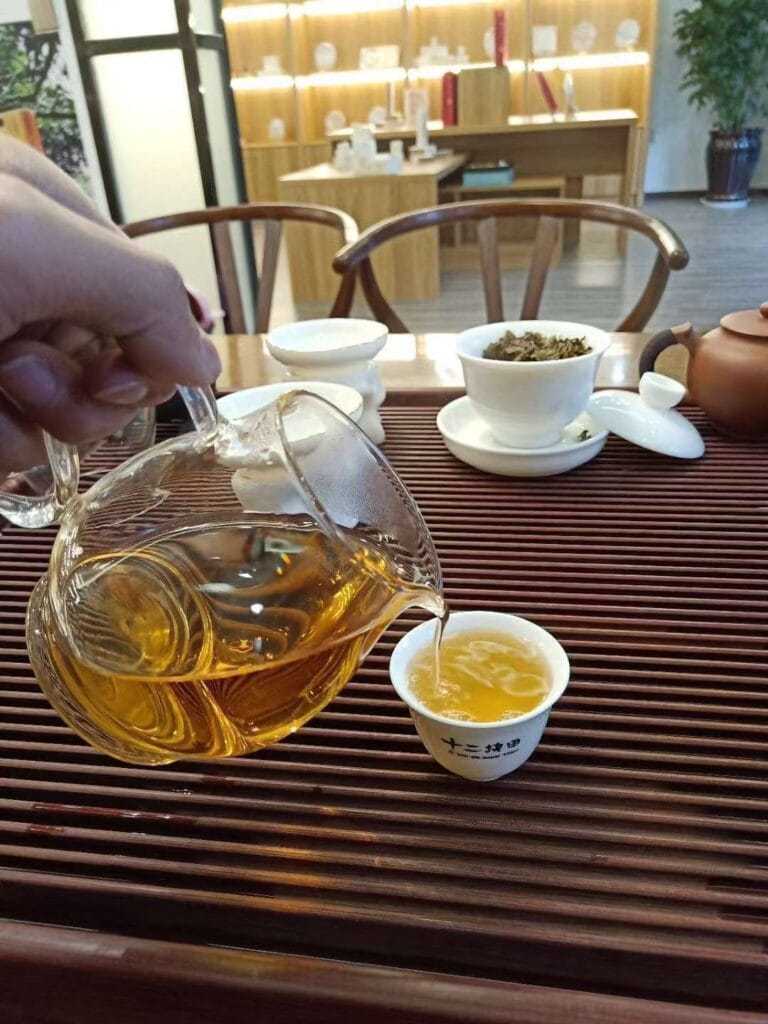
For delicate and lightly fermented teas, such as green, yellow and white teas, as well as lightly fermented oolong teas, it is recommended that the lid be opened after the soup has been produced to avoid damage to the tea leaves due to prolonged smothering and steaming. This is especially important for high-quality green teas such as Longjing and Biluochun, as well as famous varieties of white teas such as Baihao Yinzhen, to help maintain the fresh flavor of the tea.Rhythm of Tea Brewing
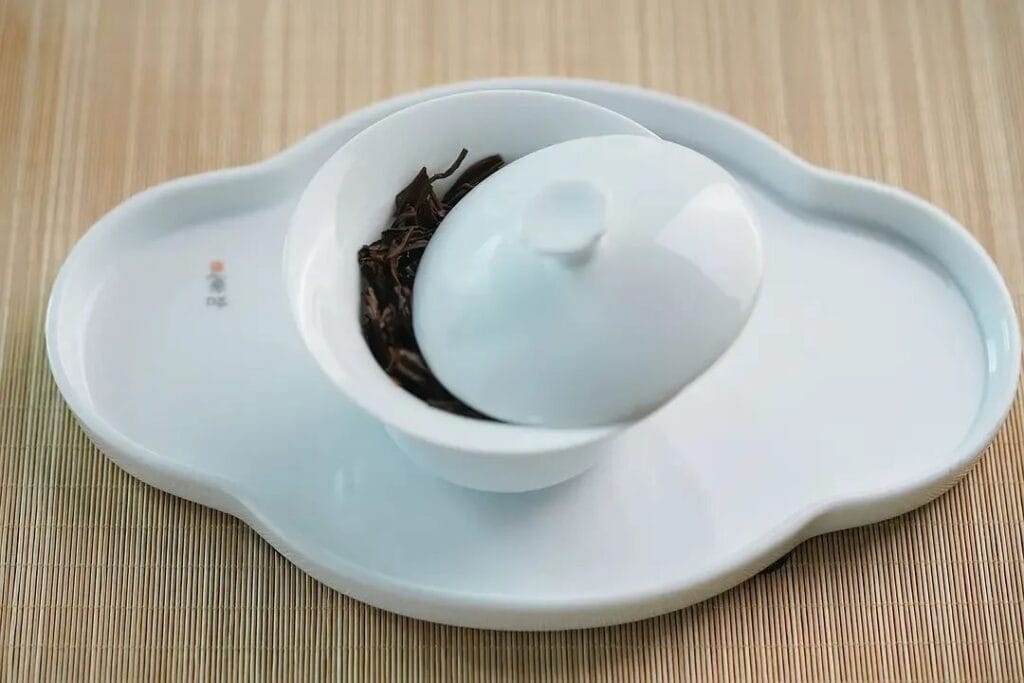
For teas with higher maturity and heavier roasting, such as rock tea after roasting process, it is recommended to handle it with half cover, i.e. let the cover slant over the tea leaves. This practice can effectively slow down the rate of aroma dissipation, so that the inner quality of the tea soup can be released in a suitable rhythm.Rhythm of Tea Brewing
For black tea with a high degree of fermentation, if the raw materials are tender, such as Jin Jun Mei, it is recommended to remove the lid in time after the soup is produced, to prevent the tea from over-stuffing and affecting the quality. For those black tea varieties with more mature raw materials and fat buds and leaves, such as Dian Hong, it is more appropriate to use the half uncovering method.Rhythm of Tea Brewing
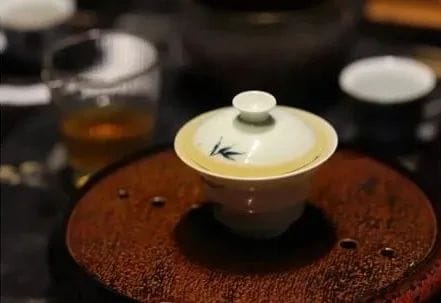
For tea leaves with coarse and old texture, tightly pressed tea and aged tea, it is recommended to put on the lid immediately after completing the operation of releasing the tea broth. This practice helps to maintain the temperature of the tea broth, promote the rapid leaching of substances within the tea leaves, and enhance the concentration and flavor of the tea broth.
In addition, in order to enhance the flavor balance of the tea broth, for teas that were previously recommended to be brewed uncovered or half uncovered, it is recommended to change the strategy of no longer uncovering the lid when making the subsequent few brews, and extend the brewing time appropriately. This adjustment helps to fully extract the remaining flavor substances in the tea leaves and enhance the overall tasting experience.
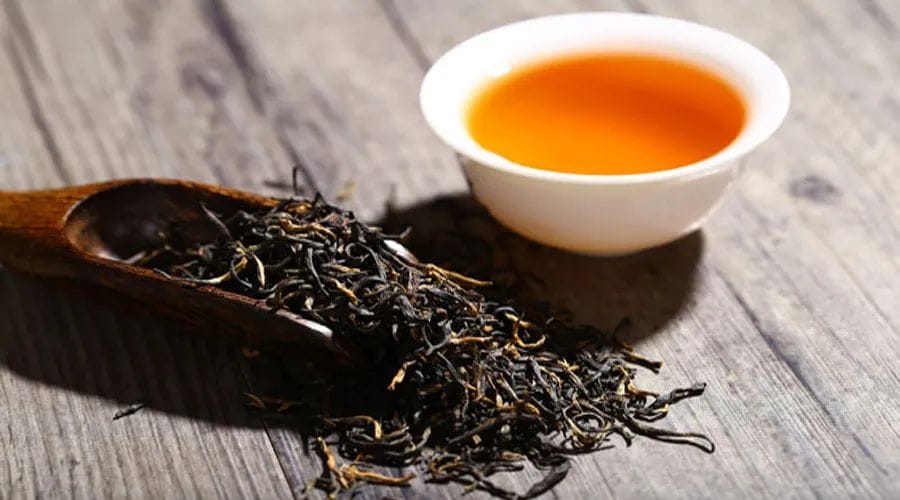
brewing interval
The brewing gap refers to the interval between two brews, and the way this gap is handled has an important impact on the taste and quality of the tea. If the water is injected too slowly after the lid is lifted, the temperature inside the vessel will be difficult to be raised again once the temperature has dropped, resulting in insufficient release of the tea broth’s inner qualities. On the contrary, if you pour water immediately after lifting the lid, the high temperature inside the vessel will continue to force, which will make the bitterness of the tea soup rise, and the aroma will become monotonous and lack of vitality. Therefore, the brewing process should be adjusted by the interval time to achieve the best brewing effect.Rhythm of Tea Brewing
For tea types that require high-temperature brewing, such as black tea, thé noir, oolong tea, maintaining a certain temperature during the brewing gap helps the continued release of the tea’s inner essence. If the gap is too long and the lid is fully open, the temperature inside the tea set will drop rapidly, resulting in the temperature not being able to be pulled up and affecting the aroma and flavor of the tea.Rhythm of Tea Brewing
For tender teas, such as green tea and white tea, the temperature needs to be appropriately lowered during the brewing gap to avoid the tea leaves being stewed. If the gap is too short and the lid is fully covered, the temperature inside the tea set is too high and the tea leaves will be stewed, causing the tea soup to become bitter and lose its fresh taste.Rhythm of Tea Brewing
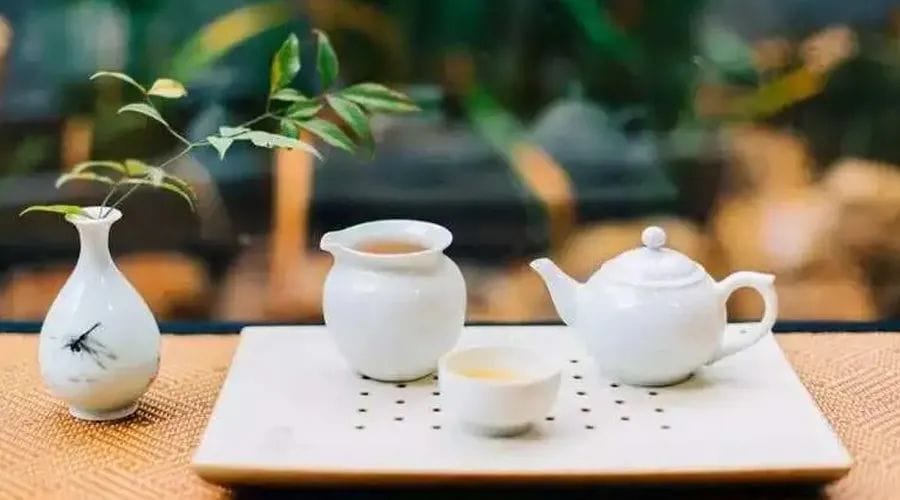
In the process of tea brewing, the temperature at which the aroma is emitted is realized by the temperature of the water injection and the precise control of the brewing process, while the layering of the tea broth is shaped by the skillful arrangement of the brewing rhythm.Rhythm of Tea Brewing
The speed of brewing directly affects the water temperature. For tea varieties that emphasize on aroma, a higher water temperature is needed, the rhythm should be kept compact, and the speed of water injection and soup production should be accelerated in order to maintain a high-temperature environment. For aged and looser texture of the old tea, the brewing speed should be appropriately slowed down, should not be excessive to raise the temperature, can be appropriate to increase the gap between the lid of the pot, prolong the interval, in order to gently awaken the flavor of the tea.Rhythm of Tea Brewing